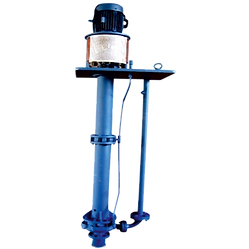
PUMPS
A pump is a device that uses energy to lift, convey, or compress fluids. The earliest pumps were water-raising machines, such as Persian and Roman waterwheels, as well as the more sophisticated Archimedes screw.
Types of Pumps
Pumps come in a variety of kinds, including suction pumps and force pumps. A suction pump operates on atmospheric pressure; when the piston is lifted, generating a partial vacuum, atmospheric pressure drives water into the cylinder, which is then allowed to escape via an outlet valve. Because atmospheric pressure alone can propel water to a maximum height of 34 feet (10 meters), the force pump was designed to drain deeper mines.
How Pumps Work
In a suction pump, the downward stroke of the piston pulls water out through a side valve at a height determined only by the force supplied to the piston. The Middle Ages' mining operations resulted in the creation of the suction (piston) pump, which Georgius Agricola describes in De re metallica (1556).
Modern Pumps
Modern pumps are designed to function at a variety of pressures and temperatures. Centrifugal pumps generate heat, causing liquid expansion and potential evaporation, resulting in high pressure. These pumps are protected against over-pressurization by a pressure relief valve or a rupture disk.


































